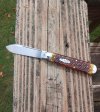waynorth
Knifemaker / Craftsman / Service Provider
- Joined
- Nov 19, 2005
- Messages
- 33,175
Nice collection, John!!A few I've accumulated over the years, checkered covers are not common.
View attachment 2737878View attachment 2737879View attachment 2737880View attachment 2737881View attachment 2737882
In the era around the World Wars, and following, Sheffield cutlery sported a lot of Jigged bone that looked like the checkering, or weaving on the common "Flat Caps" and also Wool Suits that were worn at the time, which patterns appeared to evolve from the Early Scottish Tweeds!! Look at
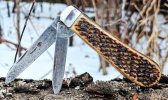

(Steve, I hope you don't mind me borrowing these pics!!)
Also Check out Rhidian's version here, in a somewhat larger format, on this reprise of an old Sheffield Castrating knife!!
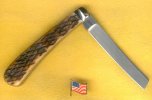
 More modern checkering is a "hardened", more regular pattern of a similar geometry!!
More modern checkering is a "hardened", more regular pattern of a similar geometry!! Observing similar patterns, Jack Black and I came up with the name "Flat Cap Jigging" referring to visual appearances of knives from the 20th century eras mentioned previously!!
If any of you fans of those knives have some similar examples, please post them here!! I'd love to get more of an idea of how frequently they turn up!!
Last edited:


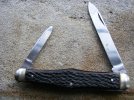
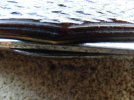
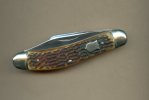
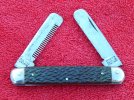
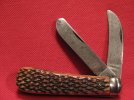

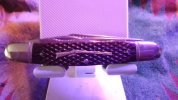
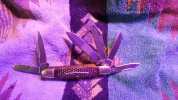
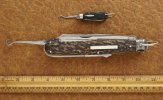
 A Swiftian Lilliput meets Brobingnad
A Swiftian Lilliput meets Brobingnad